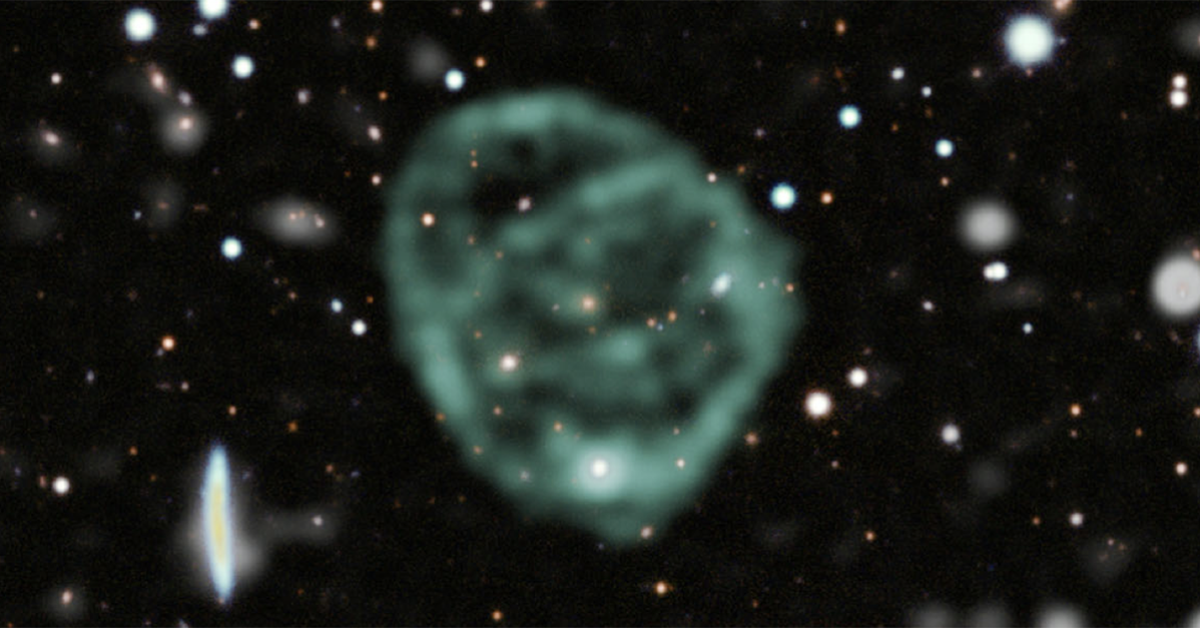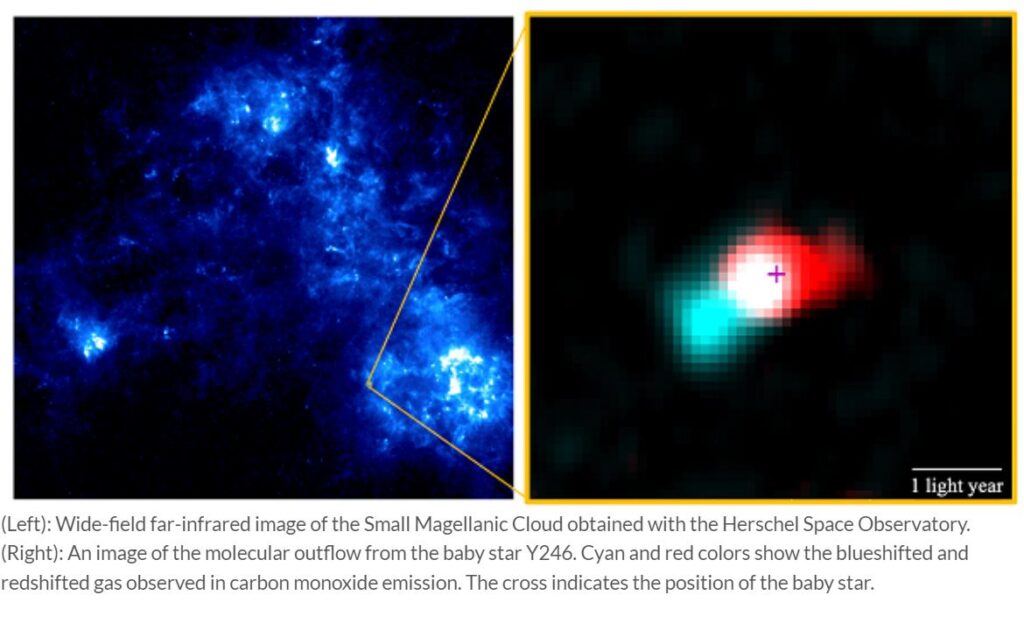
Outflowing galactic winds from exploding stars may explain the enormous rings. Astronomers believe they may have found the origin of the universe’s giant odd radio circles: they are shells formed by outflowing galactic winds, possibly from massive exploding stars known as supernovae.
t’s not every day astronomers say, “What is that?” After all, most observed astronomical phenomena are known: stars, planets, black holes and galaxies...
Read More







Recent Comments